Nestled in the heart of California’s Amador-Livermore Valley, Pleasanton has a long and fascinating history.
The Museum on Main Street offers a wealth of fascinating historical information about Pleasanton.
“The Amador Livermore Valley Historical Society was established in 1963, back then it was all volunteers operating out of their houses, and they would arrange trips, and they would arrange events,” said Museum Curator Ken McLennan.
Starting from the very beginning, Pleasanton was inhabited by native tribes. The Alviso Adobe park in Pleasanton offers an insightful look at Pleasanton’s history prior to settlement from various European parties.
“The entire valley was inhabited by six or seven Alone tribes. They all spoke the Chochenyo dialect. After that, the Spanish showed up and they established Mission San Jose. They were going to put a mission here in the valley, but they still took over the land and the entire valley,” said McLennan.
The Spanish settlers, led by the establishment of Mission San Jose, eventually claimed the valley, converting it into grazing land for Spanish cattle and livestock. With the advent of the Mexican Republic and the shutdown of the missions, the land was initially intended to be returned to the Native people, but influential figures managed to acquire it, including the Bernal brothers, leading to the creation of Rancho el Valle de San Jose.
“A guy named John Kottinger married into the Bernal family. He arranged to get the land surveyed and most of it protected, but it was still kind of hard to run a giant ranch in this area. Eventually, the family started selling off the land. By 1869, you had a little town called Pleasanton. It was a farm town, a market depot,” said McLennan.
Pleasanton remained a small, rural town until the 1950s, when it transformed into a suburban town.
“A military base was set up in what is now Dublin during World War II. Also, when the 50s hit, you get the big defense boom. California starts growing rapidly in population, and Livermore gets the defense lab. A lot of the people who worked in the lab moved to Pleasanton. And this is when you start seeing Pleasanton turn from a small farm town into a Bay Area suburb,” said McLennan.
The drive for pricier real estate, coupled with the pressure to maintain school competitiveness and ensure graduates secure spots in prestigious universities, contributed significantly to the transformation of Pleasanton into an affluent suburban community.
Places around town, like the Meadowlark Dairy, have had a major impact on Pleasanton’s history. The Dairy has been serving local residents ice cream for over 100 years, witnessing the town change and adapt throughout the annals of history.
“It was the first certified dairy in California, but that was back over on Foothill. That was where all the cows were and everything. But, in the 60s, they made this bottling facility, and then after that, we just transformed it into ice cream, and that is where we’ve been ever since” said Dairy Manager Mark Adams.
The historic Rose Hotel has also played a major role in Pleasanton’s history, with NFL coach and longtime Pleasanton resident John Madden and his family establishing it in 2001. The Pleasanton Veterans Memorial Building has also been a focal point for the city’s community gatherings, commemorations, and celebrations since its dedication in 1932. Other long-time restaurants and establishments have all contributed to Pleasanton’s history and culture.
“I think it’s important to realize that this place was not always like this and that people had to make it happen. There were opportunities, there were crises, and choices got made. Groups of people got together and pushed in particular directions. And, it is also just important to know that every place has a past and has its own roots,” said McLennan.

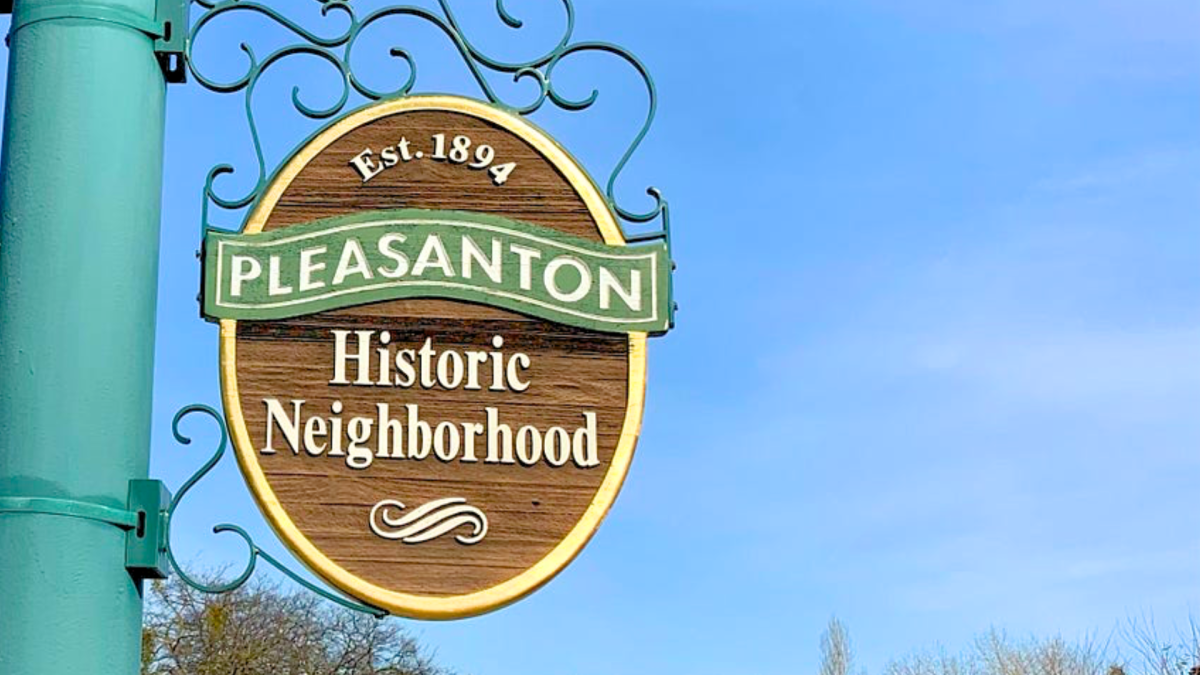





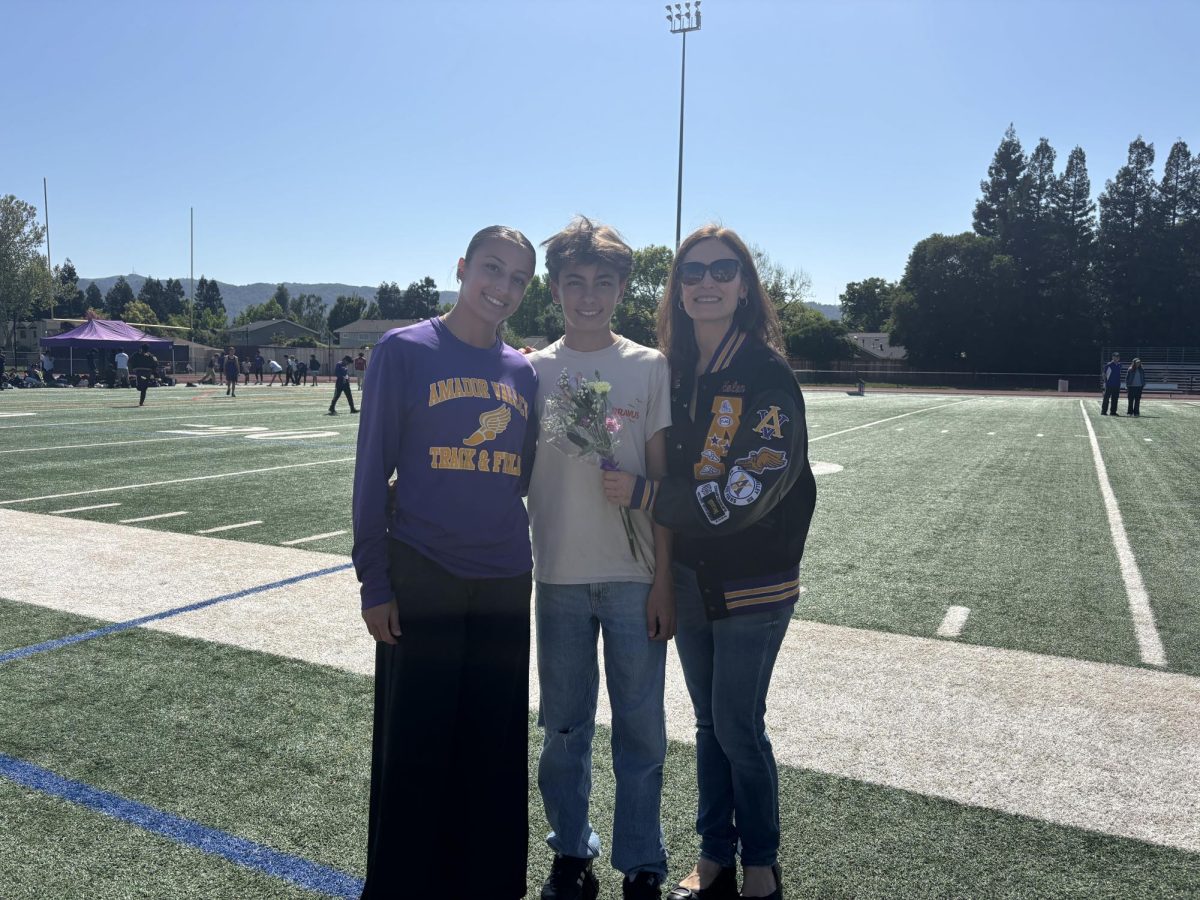

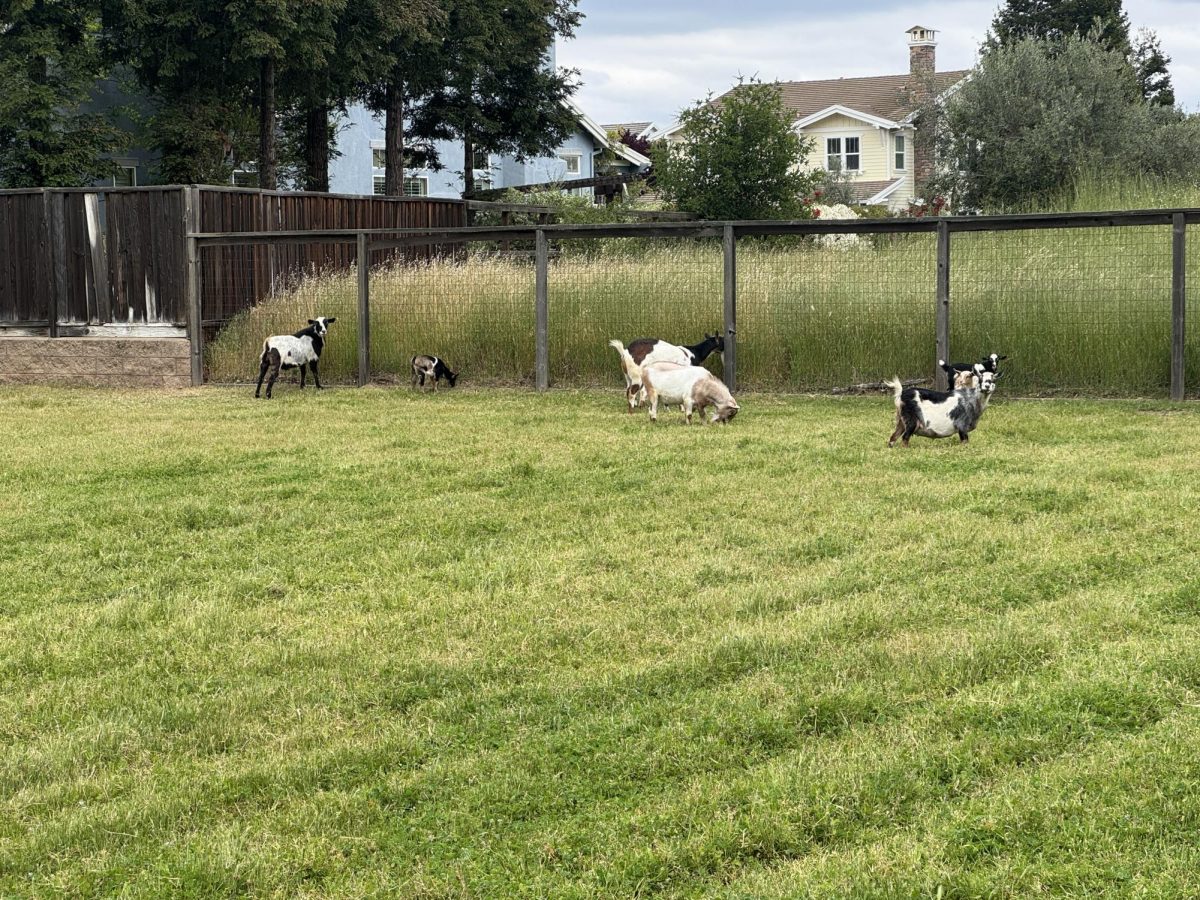
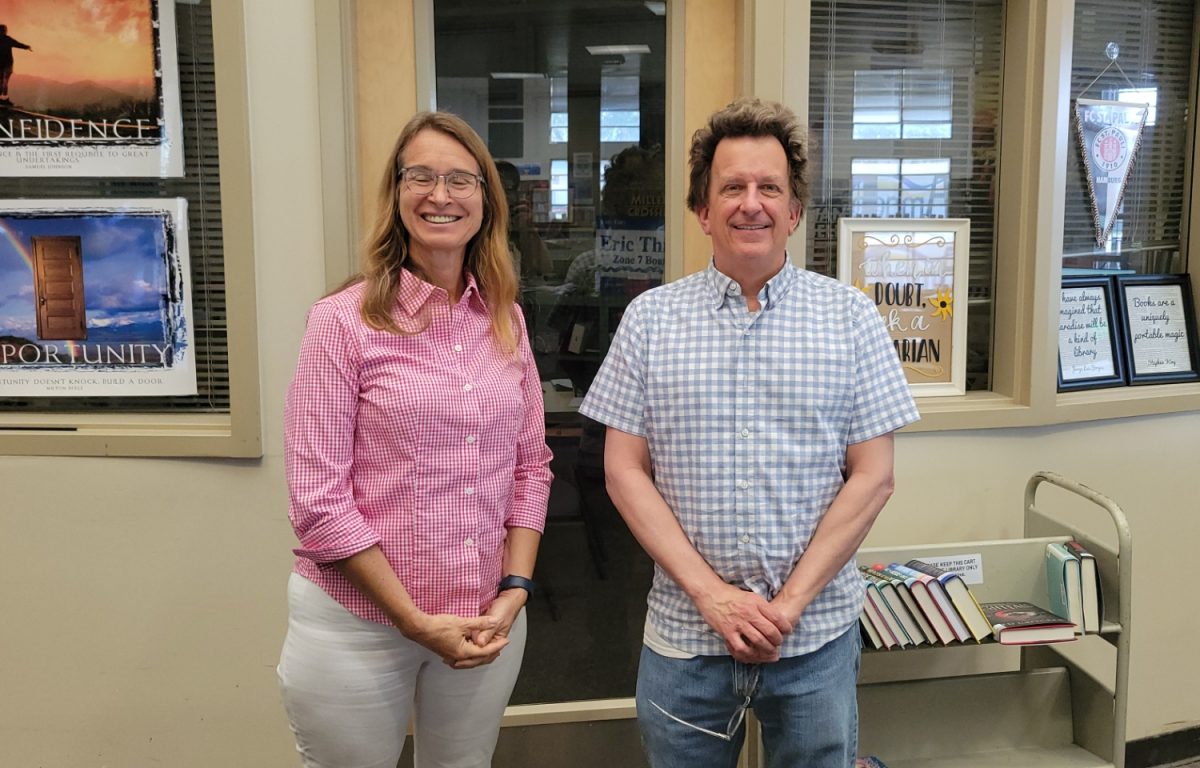

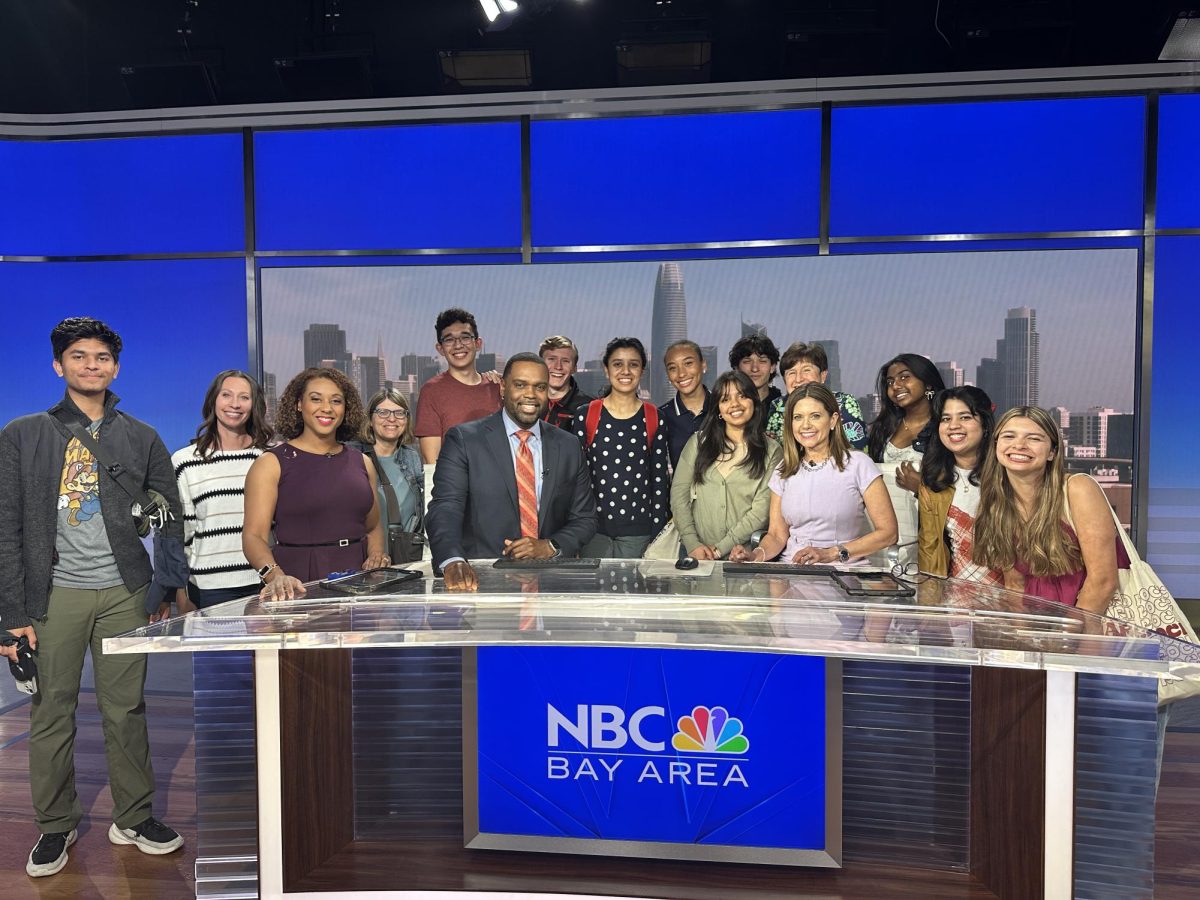





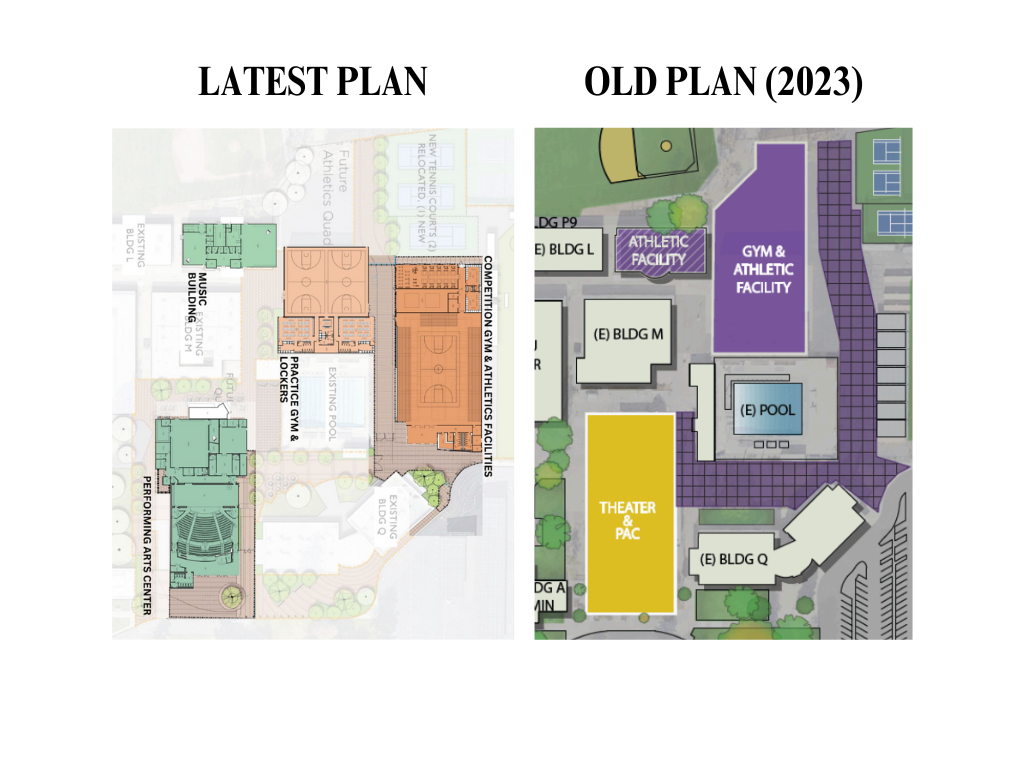

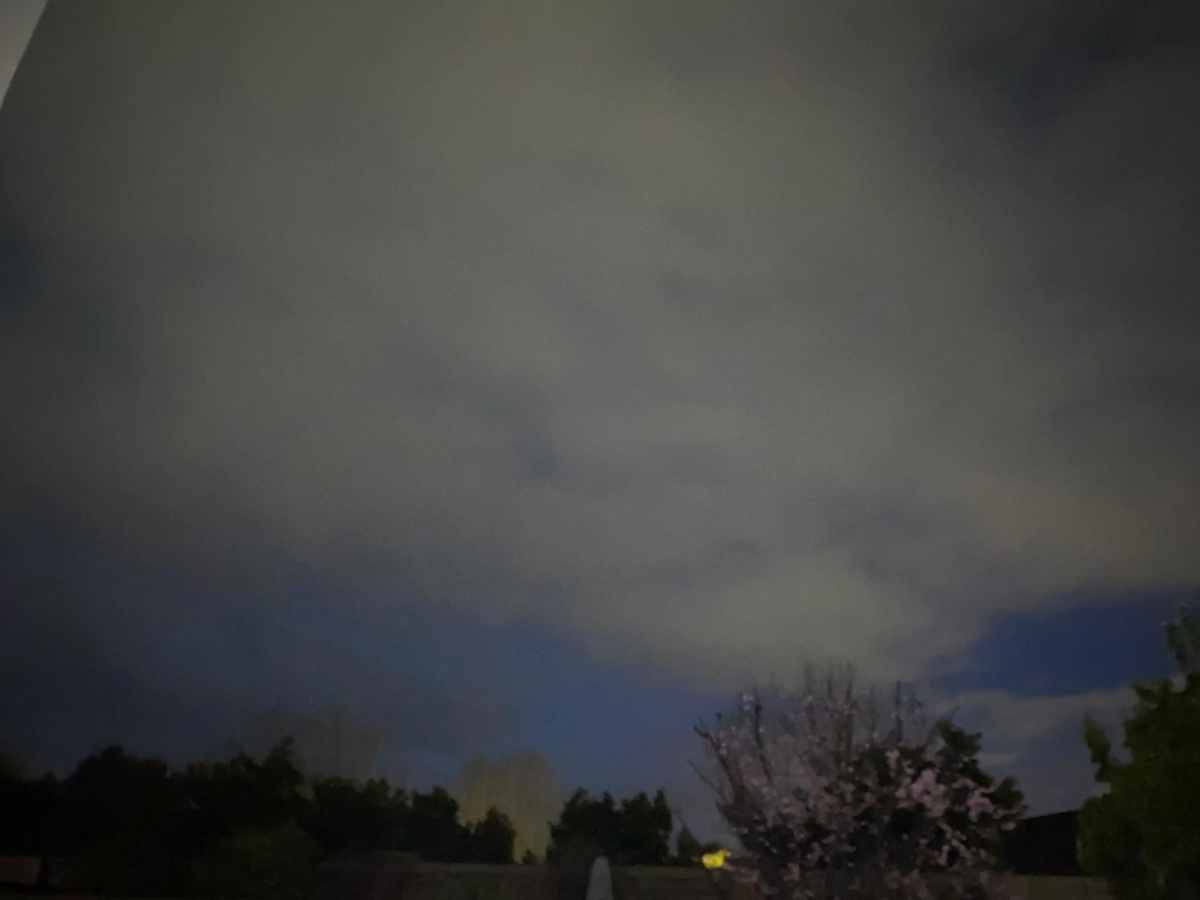

Patrick P Kottinger • Sep 13, 2024 at 5:04 pm
Do you have any further information about John W Kottinger and his Children I have some info would like to know more
He was my Great Great Grandfather